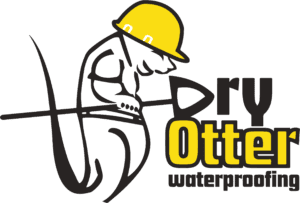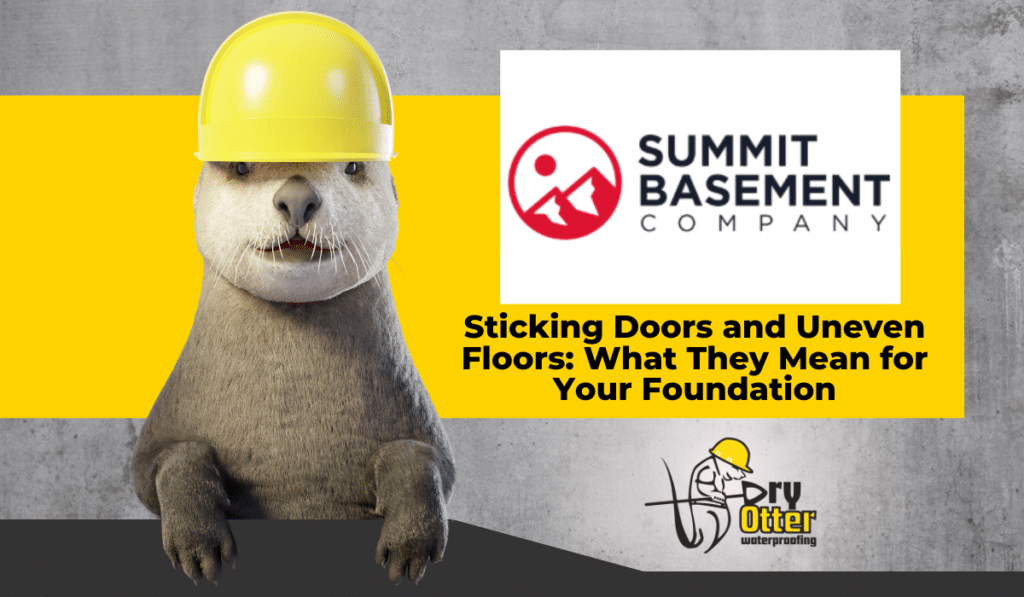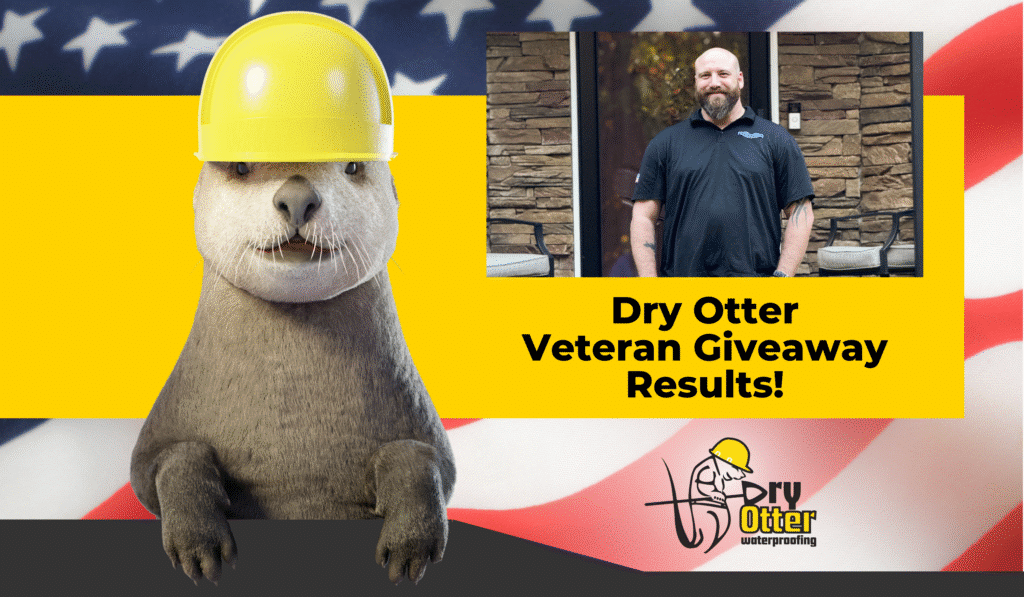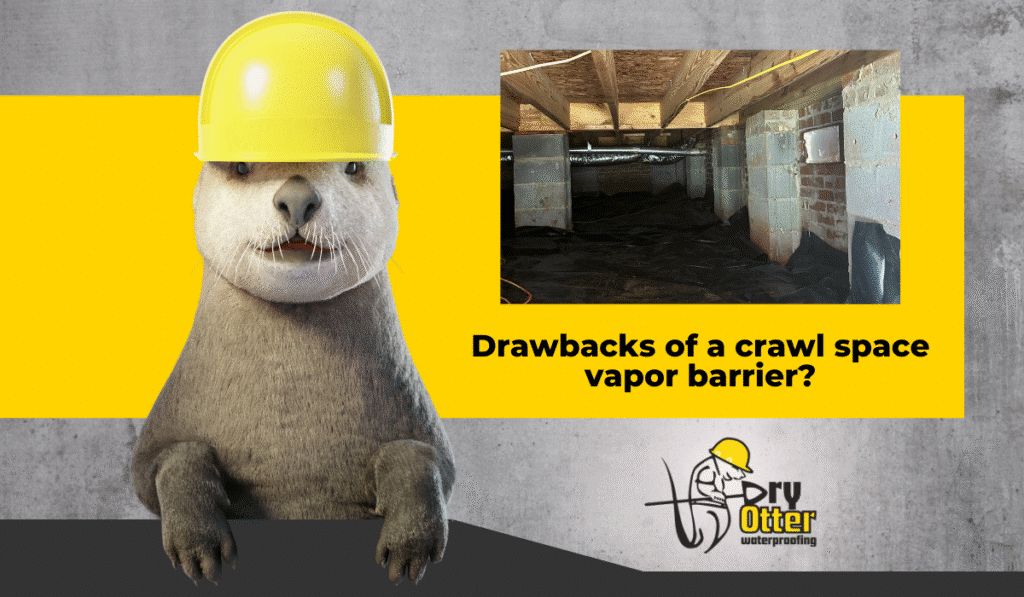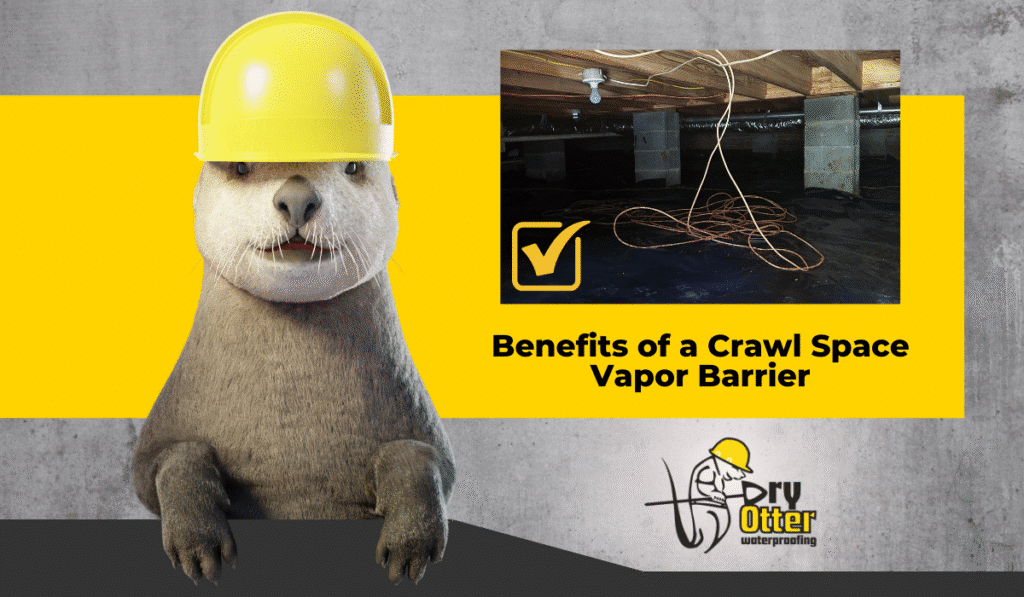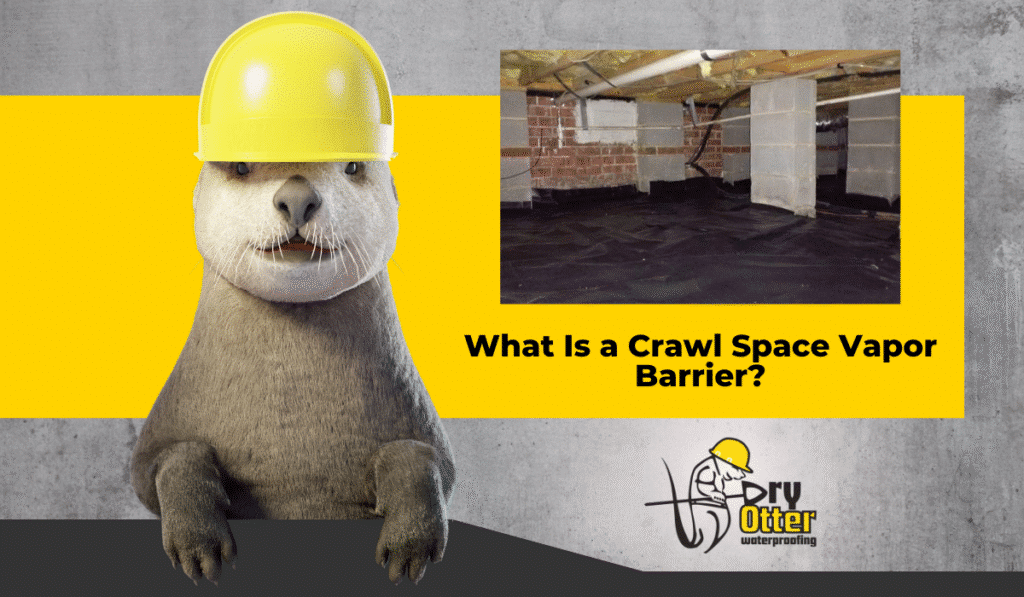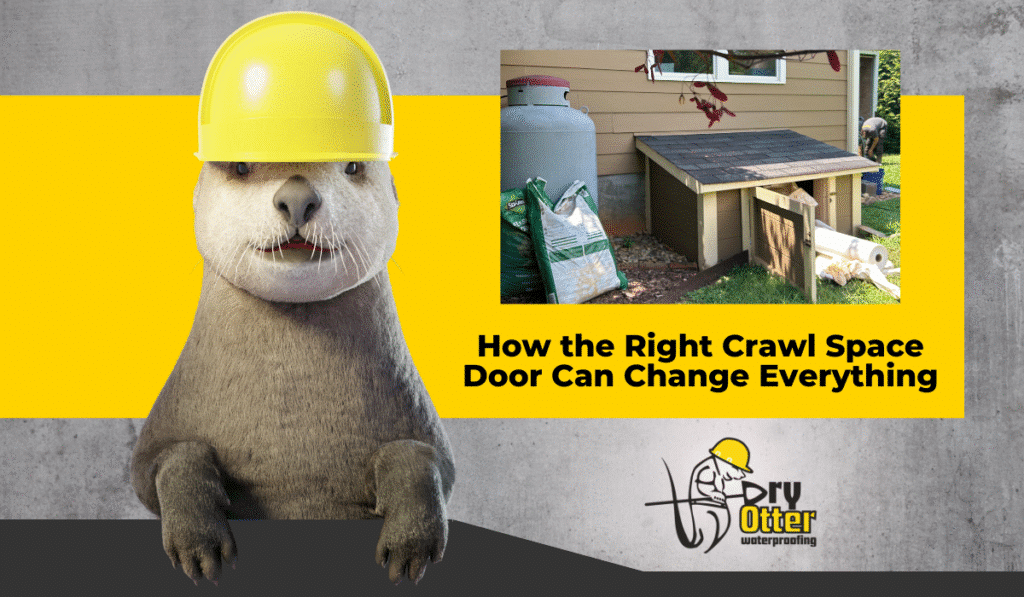If your home has a crawl space, you may have noticed small vents built into the foundation walls. For decades, these vents were considered an essential feature in home construction. Builders and homeowners believed that keeping them open would allow fresh air to circulate beneath the home and prevent moisture buildup. While the reasoning seemed logical at the time, modern building science has proven that open vents often do more harm than good. Understanding why the old approach changed can help you make better decisions about protecting your home today.
The Original Purpose of Crawl Space Vents
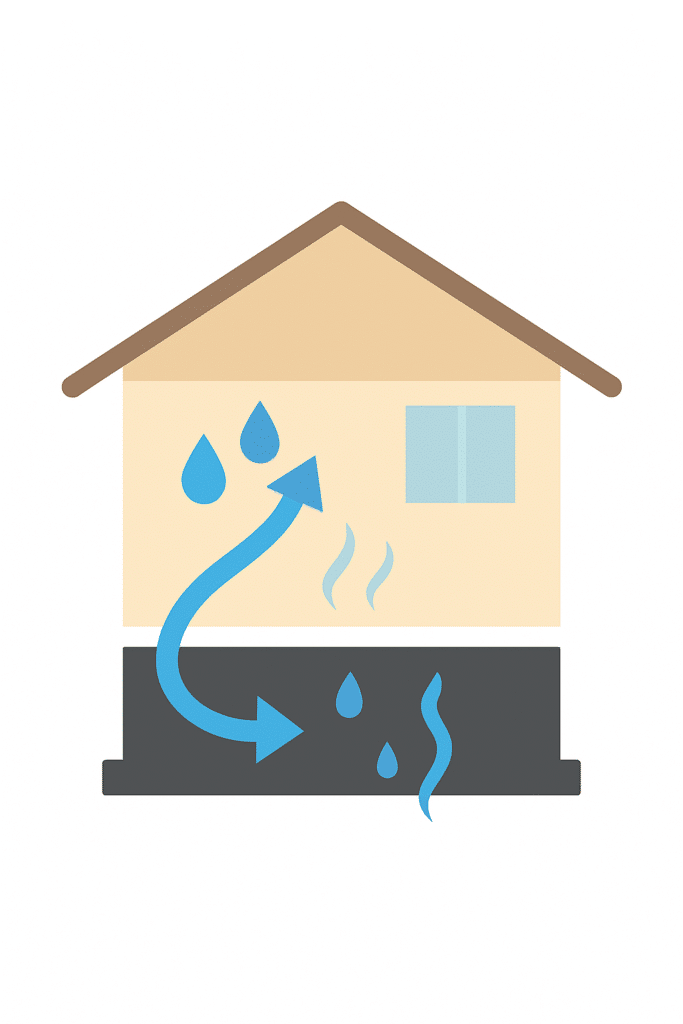
When vented crawl spaces became standard practice in home building, the goal was simple: keep the area dry by allowing air to flow through it. Builders assumed that outdoor air movement would remove moisture and maintain a healthy balance under the home. In reality, this system depended heavily on weather and humidity levels. In humid climates like North Carolina, outdoor air often carries moisture rather than removing it. Instead of drying the crawl space, open vents allowed damp air to enter, creating condensation on cooler surfaces such as insulation, ductwork, and wood framing.
The Hidden Problems with Open Vents
Over time, builders and homeowners began noticing the problems caused by vented crawl spaces. Moisture entering through the vents often led to mold growth, wood rot, and musty odors. In summer, humid air condenses on cool surfaces, feeding mold spores and damaging insulation. In winter, those same vents allow cold air to flow beneath the home, creating cold floors and higher heating bills. Open vents also make it easier for pests, insects, and even rodents to enter and nest beneath your home. What started as a well-intentioned design became a source of major structural and comfort issues.
What We Know Now
Modern building science has changed how experts view crawl space ventilation. Studies show that vented crawl spaces can raise indoor humidity levels and negatively affect air quality throughout the home. Up to half of the air you breathe in your home can come from the crawl space. When that space is damp and musty, the air that moves upward carries those same issues indoors. To fix this, builders now recommend encapsulating the crawl space to control moisture and temperature rather than relying on outside air. By closing off vents and managing humidity inside, the entire home becomes more stable, efficient, and comfortable.
The Benefits of Encapsulation
Encapsulating the crawl space creates a controlled environment that eliminates the need for open vents. A durable vapor barrier is installed along the floor and walls to block ground moisture, while a dehumidifier and drainage system manage humidity and water intrusion. This approach keeps the crawl space clean, dry, and free of condensation. Homeowners who switch from vented crawl spaces to encapsulated systems often notice lower energy costs, fewer odors, and improved comfort in every room. Most importantly, it helps prevent long-term structural damage caused by moisture buildup.
Protect Your Home with Dry Otter Waterproofing
At Dry Otter Waterproofing, we help homeowners move away from outdated crawl space designs and toward long-term protection. Our team specializes in custom encapsulation systems that address your home’s unique conditions, from humidity control to drainage. By closing off vents and properly managing moisture, we create a space that supports a healthier and more efficient home. Schedule your free inspection today to learn how we can help you upgrade your crawl space and protect your foundation for years to come. Because you Otter be dry, no matter the weather.
